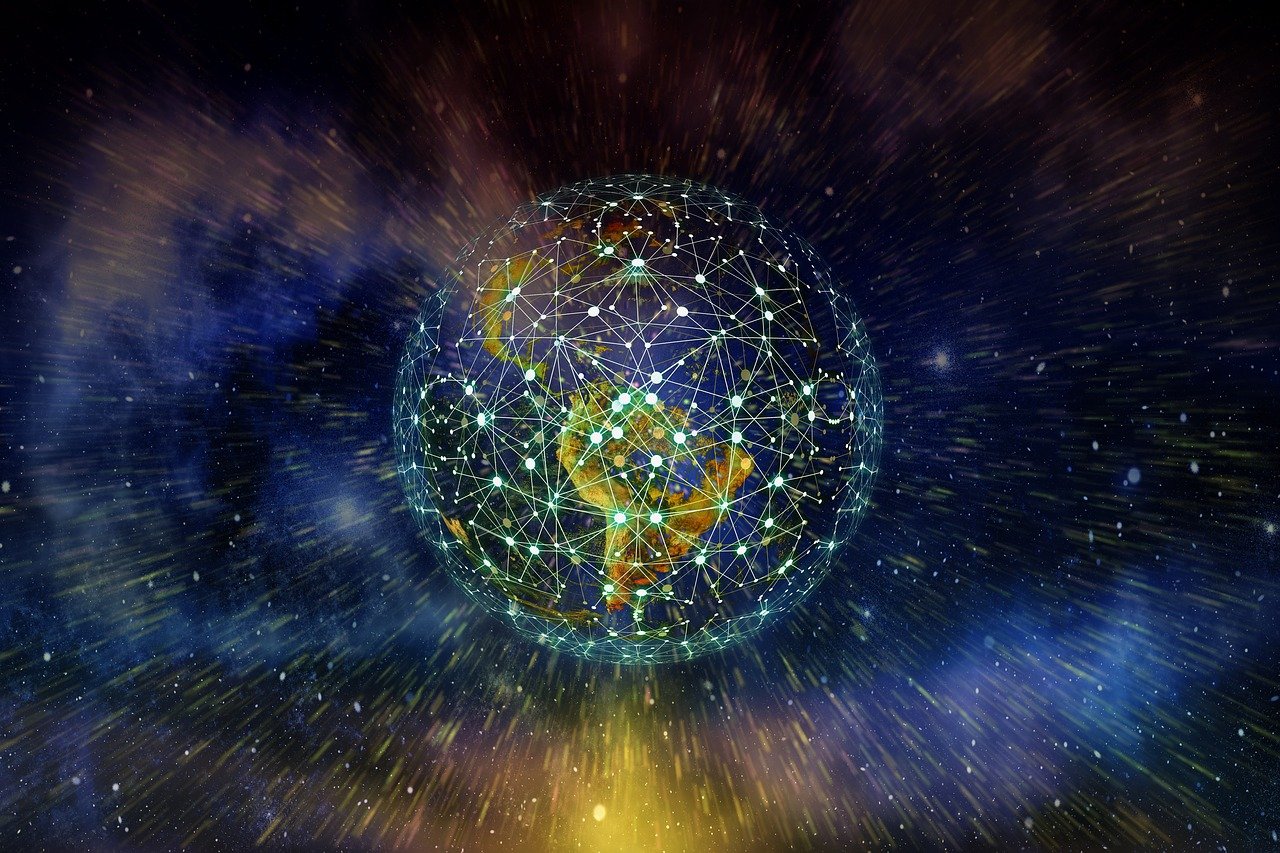
99 of all internet traffic, from this post to your social media accounts and even your Pokemon go account, runs on a hidden network of undersea cables, WHY SHOULD YOU CARE? because modern life is increasingly dependent on those slinky subaquatic wires, and they get attacked by Sharks from time to time, HOW DO THEY WORK? WHAT’S THE FUTURE OF THEM?
Keep diving into this article as we plunge the depths and ask HOW THE INTERNET TRAVELS ACROSS THE OCEANS?!
According to the Authoritative submarine cable map website, there are currently 493 active or actively under construction sub-sea internet cables criss-crossing the globe (to this day 17th November 2021) , these range from the relatively modest 300km Azerbaijan to Turkmenistan wire running

under the Black Sea to the absolutely gargantuan 6600km Maria cable linking Virginia beach in the US with Bilbao in north Spain. Maria weighs about the same as 24 Blue whales. The firm’s laying down this serpentine superhighway worldwide, there is now 1.5 million kilometers of undersea
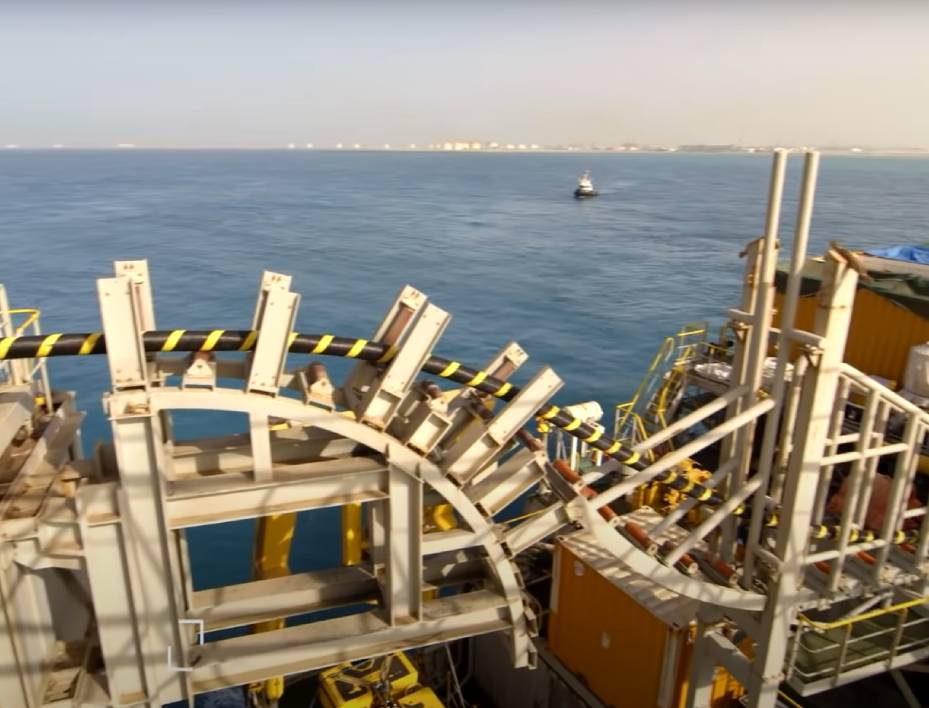
data wires, imagine how much it all cost, but professional estimates indicate a typical transoceanic cable should set you back between three and four hundred millions of dollars which seems like a lot because they’re not especially thick typically around the girth of a garden hose and that includes layers of protective thixotropic jelly around the all important fiber optic core, plus multiple plastic sheaths and copper wiring to power the thing, but even so, on average they can ferry an awesome 100 gigabytes per second in data with newer and forthcoming cables able to transmit 400 gigabytes per second.
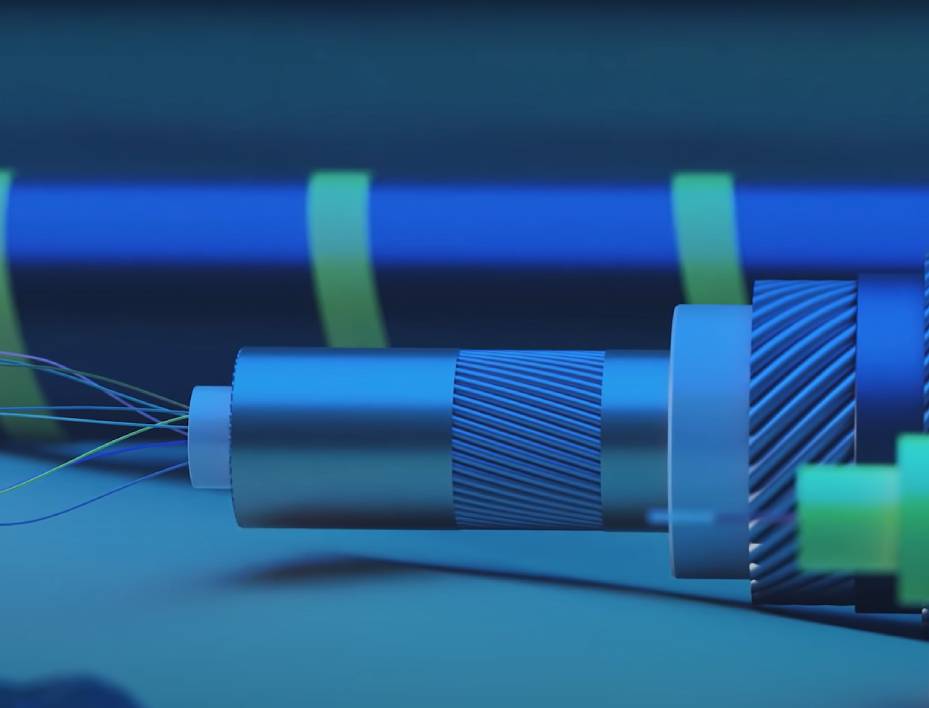
SO HOW DOES SO MUCH DATA FIT DOWN SUCH SLIM CHANNELS?
Part of the answer is an extremely sophisticated data wrangling technique, known as DENSE WAVE DIVISION MULTIPLEXING, put simply dense wavelength division multiplexing lets data providers use more than one wavelength of light to convey information fiber optically, instead several wavelengths are employed simultaneously and stacked creating astonishing data speeds, this happens at buzzing data center like landing sites at either end of the cable.
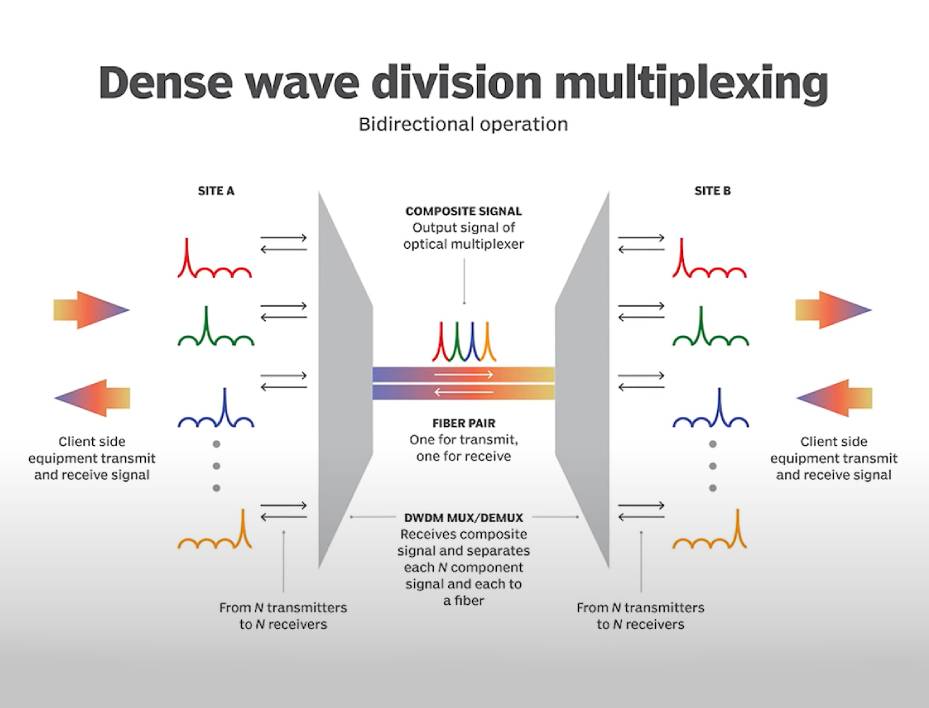
ARE THE CABLES JUST STRAIGHT FORWARD LONG WIRES?
Every 70 to 100 kilometers or so, along the seabed cables are punctuated with so called repeaters, these essentially serve as amplifiers keeping the signal strength up to par over long distances, that’s why the cables incorporate copper conductors, carrying up to 10.000 volts of dc to power the repeaters.

HOW ARE THE CABLES LAYED?
They’re first coiled into vast cylindrical drums on specialized cable laying ships, as much as years of planning and charting will go into plotting the perfect transoceanic route, bad locations for undersea cables include

anywhere volcanic or anywhere especially earthquake or mudslide prone, or anywhere heavily trolled by fishermen. The cable is spooled out the back of the ship at a sedate pace of around 10 km/h, if the ship encounters bad weather the captain can decide weather to break off the cord, tie it to a boy and retreat to karma waters, when the storm passes, the ship returns to the boy and picks up where it left off.
Accidents and outage on the cables can and do occur, in 2012, Hurricane
Sandy in the US knocked out several transatlantic cables, disrupting networks for hours. In 2011, the Fukushima earthquake in Japan caused similar online outage.
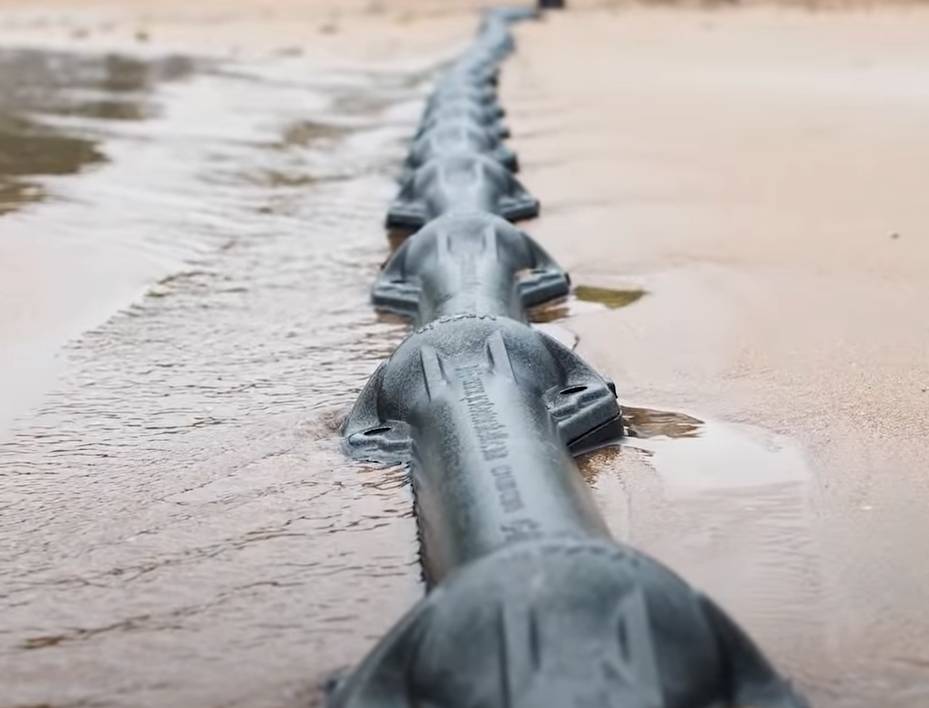
The vast majority of such disruptions however, are the results of human carelessness, typically trawler nets or wayward ships anchors. Cables situated close to the shore are significantly more at risk from such disruption as such the nearer to lander cable is the more likely it will be carefully armor-plated, many are even dug into the seabed in long dedicated trenches, carved out using ship-drawn plows.

Awesomely, sharks have been spotted nibbling on one of the Google’s subsea cables. More sinister even than that, the US government has consistently warned of interference in the cables from hostile foreign powers like Russia or China, the US government should know all about that.
Whistleblower Edward Snowden revealed in 2013 how the NSA had no qualms eavesdropping on fiver optic communications. The geopolitical implications of undersea cables are also fascinating, last year, the Australian government intervened to prevent Chinese technology giant Huawei from installing a cable connecting Australia with a Solomon island. The fear is that China could use the link to gain access to Australia’s sensitive internal networks.
SO WHO ACTUALLY OWNS THESE CABLES?
It’s an expensive business, so historically, nations or QUASAI National Telecom Providers have picked up the bill. The world’s biggest owner of cables remains America’s AT&T with a stake in some 230.000km of undersea cables. The second biggest owner is China Telecom. Frequently cables are owned by groups or consortia of up to 50 separate owners including tech firms, local government, agencies and other businesses. And while this model helps spread the initial cost, it’s less helpful when something goes wrong and nobody can agree who has to put on a wetsuit and do something about it. Increasingly, big tech recognizing its scope for growth is limited by the undersea cable network, so over the past few years, the overwhelming majority of investment in undersea cable infrastructure has come from companies like Facebook, which currently owns nearly

100.000km of cables, Google owns roughly the same amount. Amazon has its own massive private network hooking up the online giant’s mighty AWS data centers through cables traversing the Atlantic Pacific and Indian Oceans, plus the Mediterranean and the Red Sea and the South China sea. The tech giants like to frame these cast environmentally disruptive infrastructure projects as civilization enhancing largesse on their part, but they’re also shareholder companies who know perfectly well that increasing the number of human beings online is the only way they can continue to grow.
You may be thinking, WHAT ABOUT STARLINK? Elon’s project of making the internet wireless any day now. For now cable is by far the cheapest and most efficient means of eating vast packets of data over incredibly long distances fast. Even normally Elon Musk
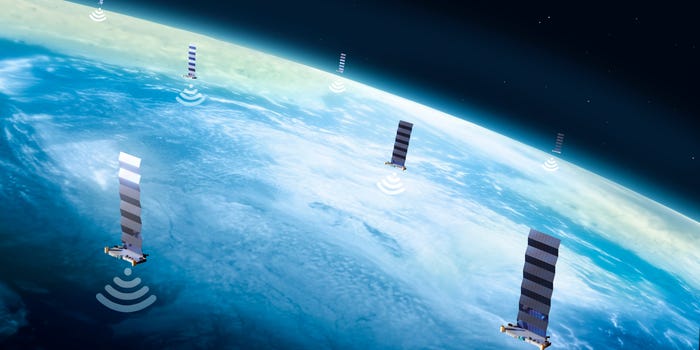
says STARLINK is only aimed at people who don’t presently enjoy access to high speed fiber, but who knows how that will pan out in a decade or two. For now the future is very much undersea cables, only this summer Google and Facebook announced a joint initiative to build an undersea cable named APRICOT, Apricot will link up Singapore, Japan, Guam, the Philippines, Taiwan and Indonesia by the year 2024. The longest subaquatic cable ever, a 45 000 kilometer, billion dollar monster called 2AFRICA, that will link up 33 nations was just bankrolled by a Facebook lead consortium.
What do you think? will mankind’s ingenious submarine network one day look as obsolete as the telegraph? Let us know in the comments and don’t forget to share like and let us know if you need more tech content like this.

